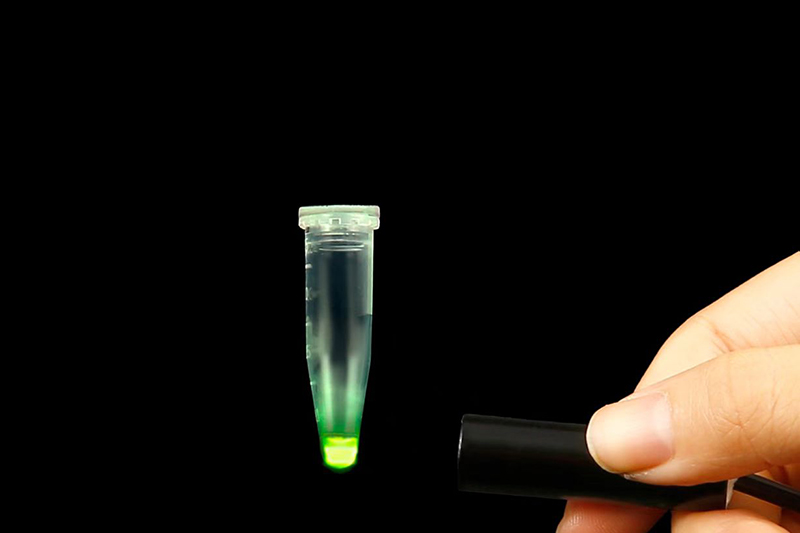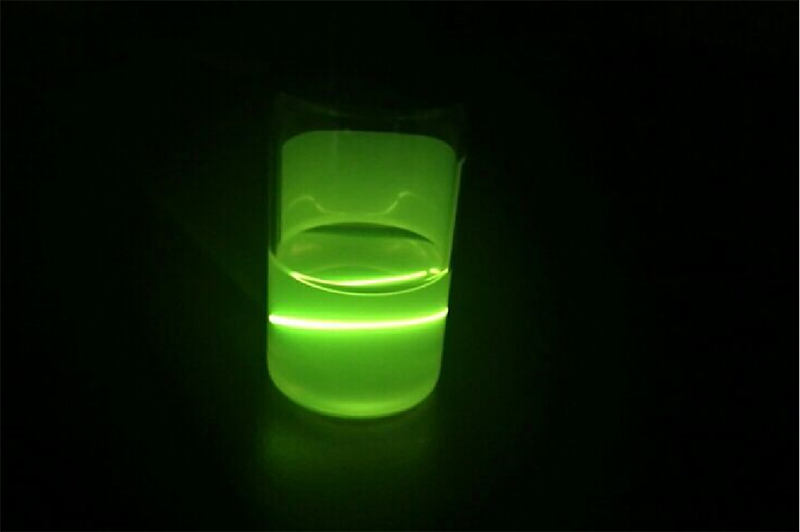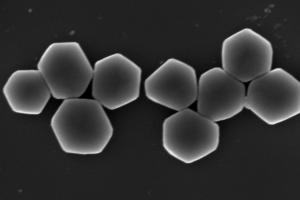Rare earth nanocrystalline fluorescence immunochromatography technology
The fourth generation of rare earth nanocrystalline fluorescent materials independently developed by New-Test Biological was adopted (crystal self-fluorescing material) , Developed a fluorescent immunochromatographic quantitative detection kit, Compared to traditional fluorescence immunochromatography technology, it has unique advantages: It possesses excellent anti-interference characteristics and outstanding photothermal stability. The physical characteristics of fluorescence quenching of traditional fluorescent materials are overcome flaw. It is a fluorescence immunochromatographic quantitative detection kit more suitable for pet rapid diagnosis field.


Characteristics of rare earth nanocrystalline fluorescent materials
1.Good Stability
High-temperature and low-temperature resistance. The rare earth nanocrystalline fluorescence immunochromatography detection kit has a stable storage period of over 7 years at room temperature, Moreover, the product quality is not affected in the environment of minus 40℃.
2.High Sensitivity
Rare earth nanocrystals emit near-infrared light and are invisible to the naked eye, the detection light source has little interference to the background, therefore, the signal-to-noise ratio of detection will be higher, have better sensitivity.

3.Good Accuracy
Because quantitative detection reagents are based on a calibration before leaving the factory, Products labeled with rare earth nanocrystals exhibit excellent stability, to ensure that the product in its quality cycle (validity period) is not subject to the change of fluorescence signal (common fluorescent materials have the physical properties of fluorescence quenching) caused by the result and the factory before the big deviation.
4.Good Specificity
Rare earth nanocrystalline materials have unique excitation and emission wavelengths, Make it have good specificity. Few biological materials in nature can be excited by infrared, the excited green light is also not disturbed by the excited light from other biological materials.




